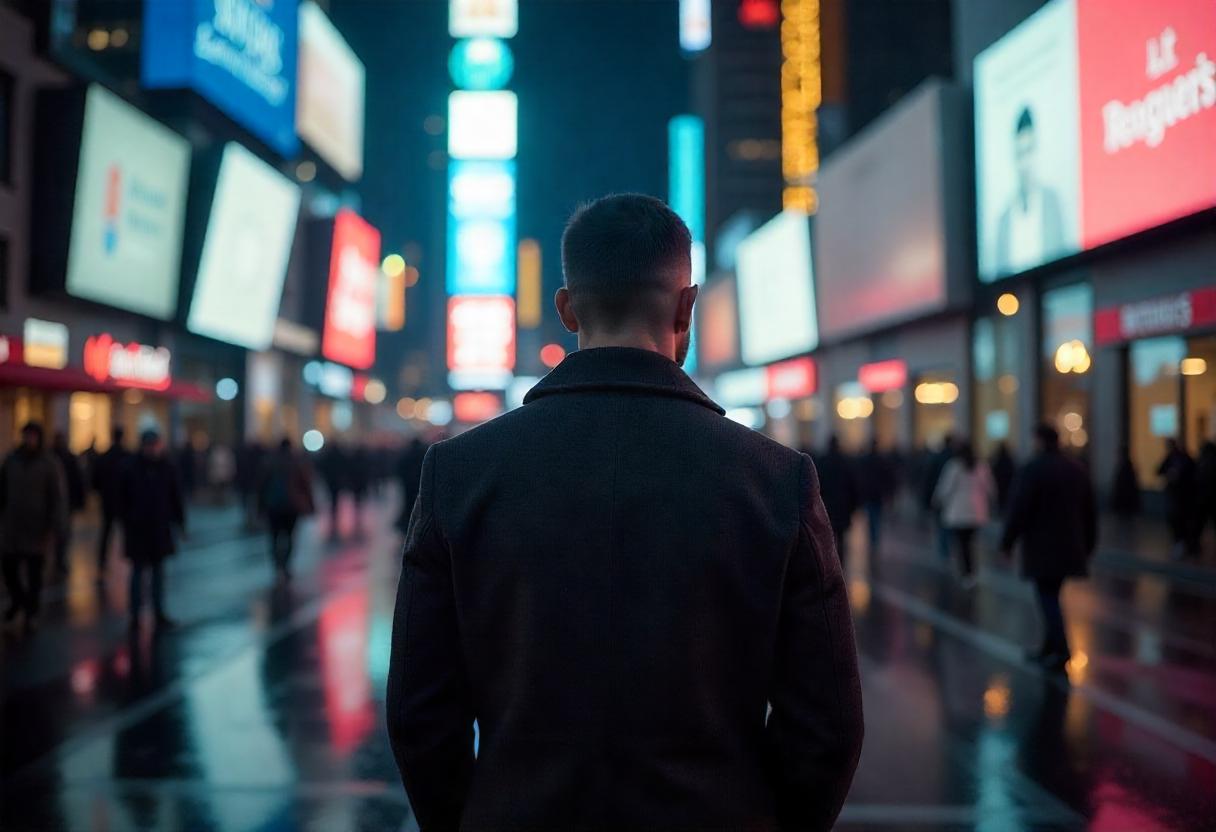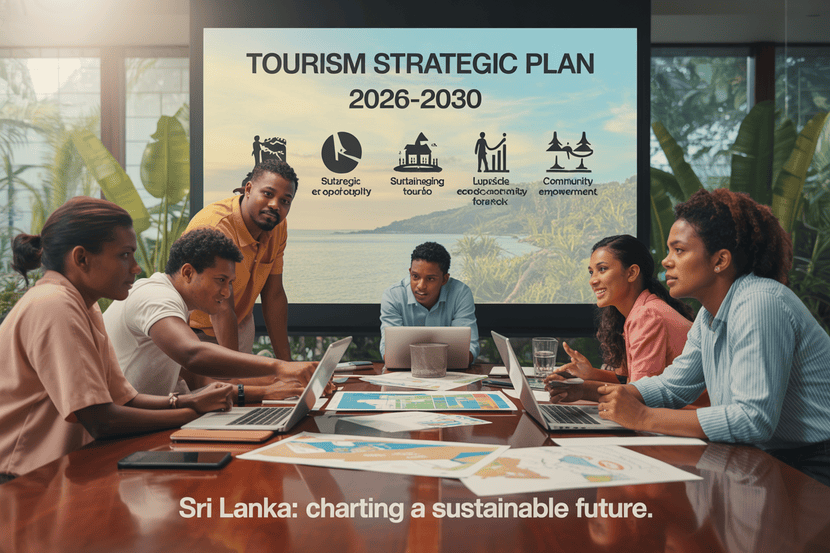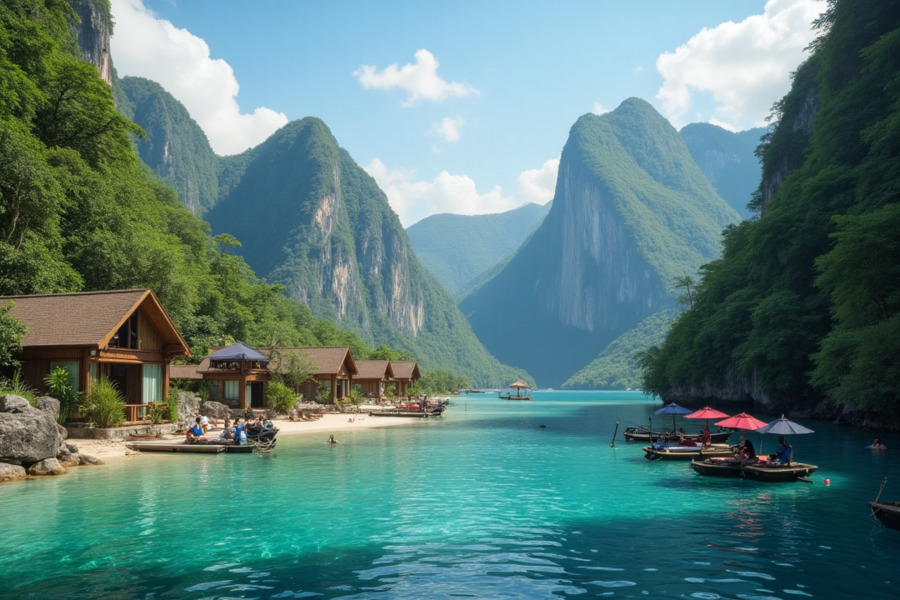≡-US Faces Lingering Tourism Slowdown In New York Due To Decline In Canadian Tourist Visits – Viral of Today
<> Viral of Today <>
Home » America Travel News » US Faces Lingering Tourism Slowdown In New York Due To Decline In Canadian Tourist Visits Monday, June 2, 2025The US is experiencing a lingering tourism slowdown in New York, primarily driven by a notable decline in Canadian tourist visits. This downturn stems from shifting global perceptions and heightened political tensions, which have created uncertainty and dampened the appeal of New York as a preferred travel destination for Canadian tourists. As one of the key international markets for the city, the reduced influx of Canadian visitors is significantly impacting the broader US tourism sector’s growth and recovery efforts.The Lingering Impact of Political Climate on New York’s International Tourism and EconomyNew York City, a global hub of culture, entertainment, and commerce, is facing a troubling decline in international visitors—a shift that is sending ripples across its vital tourism industry. While global travel has largely rebounded to pre-pandemic levels, the United States—and New York in particular—are witnessing an unusual downturn. This decline is widely attributed to the policies and rhetoric adopted during the Trump administration, which have seemingly altered perceptions of the U.S. abroad, leading to significant economic consequences for the city’s cultural institutions, entertainment venues, and countless small businesses reliant on tourist dollars.A Noticeable Drop in International Visitors and Its Economic FalloutThough international travelers make up roughly one-fifth of New York’s visitors, they account for about half of all spending related to tourism. This disproportionate contribution means that even a slight drop in foreign arrivals has a major impact on the city’s economy. Julie Coker, who leads NYC Tourism + Conventions, highlighted that international visitation is projected to remain around 10% below the levels seen in 2019—hovering near 12 million visitors. This reduction translates into an estimated loss of more than $4 billion in direct spending, putting immense pressure on sectors ranging from Broadway productions to local shops and street vendors.This shortfall in international visitors isn’t just a statistical blip; it has profound real-world implications. Museums see fewer patrons, theaters experience reduced ticket sales, landmark tours run with diminished groups, and souvenir vendors face shrinking markets. The vibrancy that tourism injects into New York’s neighborhoods risks fading, threatening jobs and small businesses that depend on the constant flow of global travelers.Political Narratives and Policy Shifts Undermining Travel DemandResearch by Tourism Economics, the organization that updated these forecasts, points squarely to a combination of unwelcoming rhetoric and restrictive policies emanating from the previous administration as primary causes of this decline. Aran Ryan, the firm’s research director, explained that “changes in global attitudes and perceptions about the United States are expected to have a lasting impact on travel demand.” The political climate has, in effect, reshaped the image of the U.S. abroad, making it a less attractive destination for many international tourists.Border restrictions, trade tensions, and heated political discourse have not only altered travel behavior but have also fueled uncertainty among would-be visitors. The sense of an inhospitable environment has dissuaded people from planning trips, which in turn dampens revenue streams that cities like New York depend on for economic vitality.The Uneven Impact on Key International MarketsThe decline in foreign visitors is particularly evident among some of America’s most important trading partners and sources of tourists. Canada, historically one of the largest feeders of cross-border tourists, is expected to reduce visits to the U.S. by nearly 20% in 2025, signaling a sharp change in travel patterns. Meanwhile, European countries display mixed reactions. French tourists, for instance, have shown marked sensitivity to the so-called “Trump effect,” with arrivals down by approximately 11% during the early months of the year. Contrarily, Italian visitors have bucked the trend, increasing by about 15% over the same period. On balance, Western Europe is forecast to experience around a 5% decline in visits to the United States this year.Currency fluctuations add another layer of complexity. The U.S. dollar has weakened roughly 8% against major foreign currencies since the start of 2025. Ordinarily, a weaker dollar might encourage inbound tourism by making travel and purchases more affordable for foreigners. However, this benefit has been partially offset by higher inflation in the U.S., which has pushed up prices, negating the advantage of currency movements. When combined with political concerns, this economic environment renders the U.S. a less compelling choice for travelers weighing their options.A Rare Global Outlier: Declining U.S. Tourism Amidst Global GrowthWhile international travel is rebounding strongly worldwide—surpassing pre-pandemic levels in many countries—the United States stands out as an exception. Tourism Economics projects that the U.S. could see a revenue drop of about $8.5 billion compared to last year, and the World Tourism Council estimates possible losses nearing $12.5 billion. Of the 186 countries monitored, the U.S. is reportedly the only one anticipating a downturn in tourism revenues this year.This anomaly carries significant weight for New York City. Renowned for its iconic landmarks such as the Statue of Liberty, Times Square, and Broadway theaters, New York’s global appeal has been a cornerstone of its economy. The decrease in international visitors threatens not only direct income but also the city’s reputation as a must-visit destination. This reputation is crucial for attracting repeat visitors, encouraging cultural exchange, and supporting the city’s broader economy.Broader Consequences for the City’s Cultural and Economic EcosystemTourism is woven into the fabric of New York’s identity and economic success. The cultural institutions—museums, galleries, historic sites—rely heavily on the patronage of international tourists. A reduction in visitors puts funding and sustainability at risk, potentially leading to scaled-back exhibits, fewer cultural events, and job losses in these sectors.Similarly, the entertainment industry, particularly Broadway, feels the squeeze. With fewer international tourists purchasing premium tickets, shows face lower revenues, which can affect production budgets and the livelihoods of thousands of performers and staff. Beyond these marquee industries, the city’s countless small businesses—restaurants, retail shops, street vendors—experience diminishing foot traffic and sales, which cumulatively depresses local economies.Looking Forward: Challenges and OpportunitiesAddressing this downturn is not straightforward. Rebuilding the United States’ image as an open, welcoming destination will require sustained efforts across multiple levels of government and industry. Policy reforms that ease travel restrictions, coupled with positive messaging campaigns, could help reverse the negative perceptions that have developed.Moreover, adapting to changing travel preferences—such as increasing demand for experiential and sustainable tourism—may help recapture global interest. Enhancing safety, streamlining visa processes, and improving infrastructure are also critical.The US is facing a tourism slowdown in New York due to a decline in Canadian tourist visits, driven by shifting global perceptions and political tensions. This drop is affecting the city’s appeal and the overall growth of the US tourism sector.New York’s resilience as a tourism powerhouse has been tested before, but the current situation demands innovative solutions and renewed international engagement. The city must capitalize on its diverse cultural assets and unique appeal to reestablish itself as a beacon for global travelers.
This information will surprise you!
See also
- Read until the end to discover everything.
- Important information you need to know.
- Interesting facts and helpful tips.
Conclusion
Did you enjoy the news? Keep following us daily!













